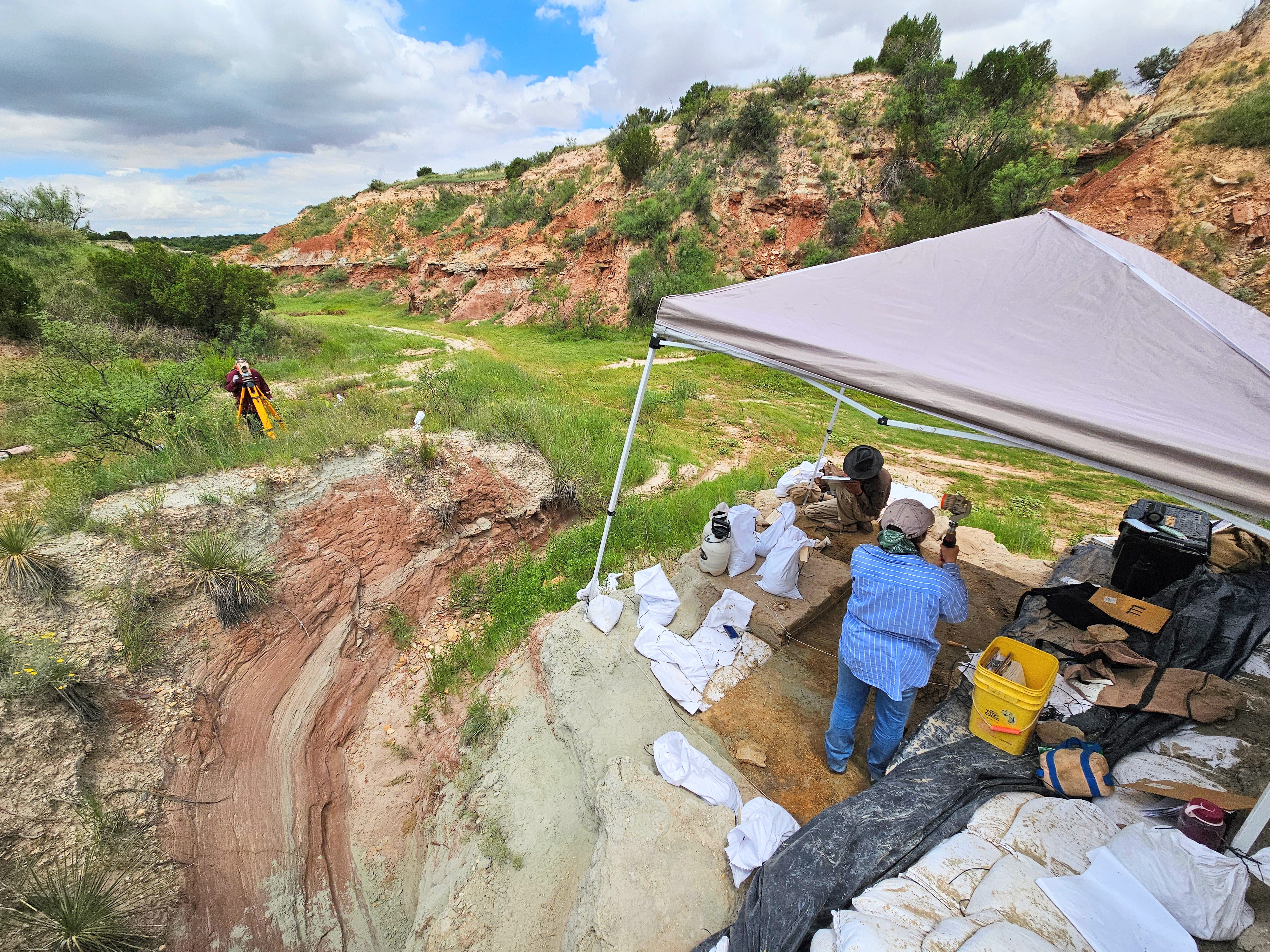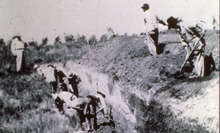
2025 Field Research Program
Interested? Read the Landmark Volunteer Information Guide HERE.
Then, fill out a Volunteer Application Form HERE.
Field Season 2025 Volunteer Schedule
- First Session: June 1st - July 13th
- Post research area
Sunday, 1 June: Volunteers Arrive
Monday, 2 June: Volunteer Orientation
Sunday, 13 July: Volunteers Depart - Second Session: July 13th - August 24th
- Post research area/Slaton Research area or Lubbock Lake Landmark
Sunday, 13th July: Volunteers Arrive
Monday, 14th July: Volunteer Orientation
Sunday, 24th August: Volunteers Depart
Apply early to ensure a placement.
Work with the professional staff of the Lubbock Lake Landmark Regional Research Program. Join an ongoing field research program of international volunteer crews and conduct surveys, geoarchaeological prospecting, mapping, and excavations at the Post research areas and at the Lubbock Lake Landmark.
Although not a field school, volunteers for the Lubbock Lake Landmark regional research program gain practical experience in field methodologies using the latest in field recording technology, proper field conservation of materials, and laboratory experience in processing materials from the field.
Upon review of the application form and two letters of recommendation, volunteers are provisionally accepted into the Landmark's regional research program. Following provisional acceptance, volunteers must email the Landmark's medical history form filled out by a licensed physician, proof of current tetanus vaccination, and proof of adequate and appropriate health insurance during their stay at Lubbock Lake Landmark to Dr. Johnson at eileen.johnson@ttu.edu .
Community and Youth Volunteers
Lubbock Lake Landmark also welcomes youth and community volunteers to participate in its Summer Field Season. The requirements and applications for these volunteers vary. Additional information for community and youth volunteers.
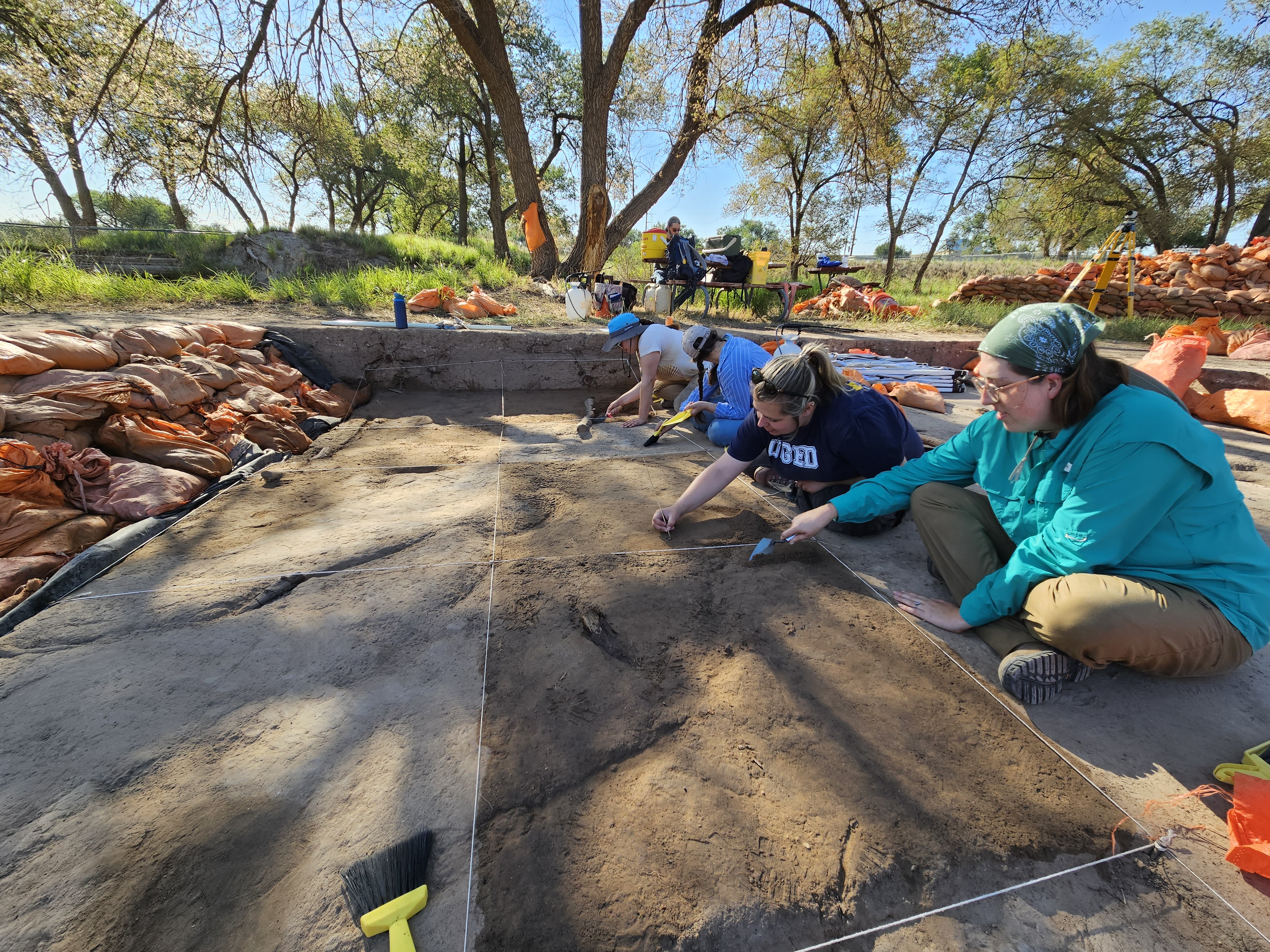
Site Information
Lubbock Lake Landmark - July 13th-August 24th
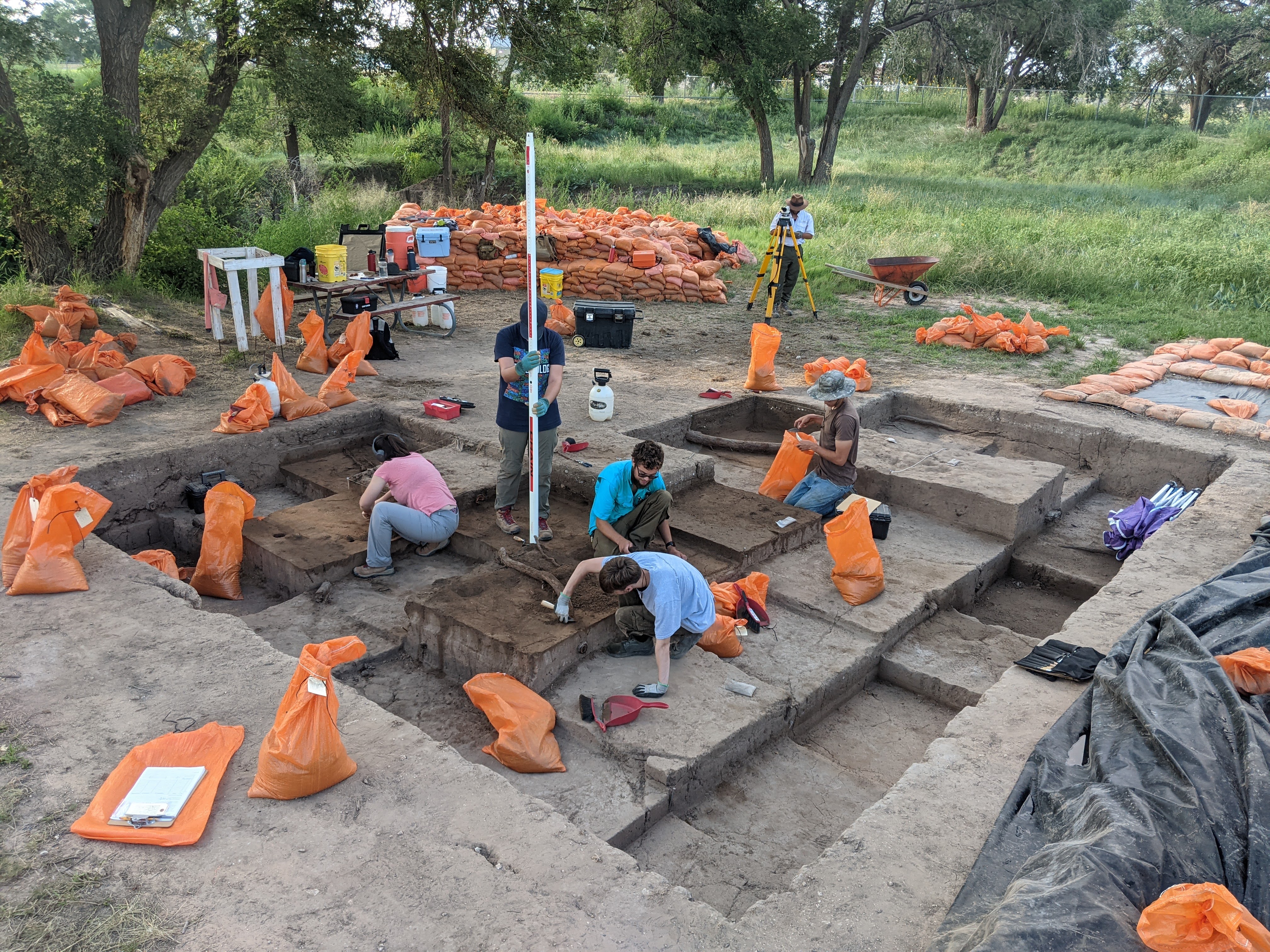
This summer’s research will focus on Area 8 of the Lubbock Lake Landmark. Area 8 is known as the location of the Historic Singer Store (1883-1886), the first commercial establishment of Lubbock. Previous research during the 1960’s and 1970’s, also indicated stratified Protohistoric-age (500 year old) living surfaces and hearth features underneath the historic deposits. The goal this year is to expand upon what was identified over 50 years ago and correlate new findings with those of past work. Current excavation at Area 8 began in 2016, when a new excavation block was opened adjacent to the 1960s and 70s excavated area. Results thus far indicate a continuation of the historic and protohistoric features previously designated.
This season’s excavations will focus on the Protohistoric features which represent temporary camping events of the Apache evidenced by culturally modified bone, utility ware ceramics, hearthstones, and stone tool manufacture and use. Water-screening of sediments from the excavation has enabled identification of the flora and microfauna present at the time of deposition allowing for analysis of environmental change over the past 400 years. Working at this site will provide experience in documenting cultural features, identifying substratum changes, and proper field collection of multiple object types (e.g. bone, lithic, ceramic).
Post - Session 1: June 1st-July 13th,
Session 2: July 13th-August 24th

The Post Research Area encompasses approximately 83,000 acres of ranchland near Post, Texas. This historically significant ranch has been continuously used for cattle ranching since the 1880s and remains within the same family. Its limited access and minimal development have preserved a pristine cultural and natural landscape, making it a unique resource for archaeological and paleoenvironmental research. The exceptional preservation of surface and subsurface features provides an unprecedented opportunity to study the cultural landscape and inform regional models of human behavior and decision-making over thousands of years.
Research at the Post area began in 2005 and has focused on understanding how material remains recovered from sites relate to the broader landscape. Key objectives include documenting site stratigraphy, examining cultural features, and exploring geomorphological processes to reconstruct past environments and human activities. Lab work is carried out in the on-site camp facilities as well as at the Lubbock Lake National Historic Landmark.
An article based on our work at the Post Research area was published in Archaeology Magazine.
2025 Field Season
The 2025 field season will build upon previous discoveries and expand research efforts to several important localities within the Post Research Area.
First Session: Fieldwork will focus on Macy Locality 100 and Macy Locality 359. At Macy 100, investigations will target late Pleistocene (12,000–10,000 BP) alluvial deposits along the Spring Creek drainage. This area has yielded a diverse assemblage of faunal remains, including ancient bison, extinct camel, and American lion, providing valuable insight into Late Pleistocene environments and climatic conditions. Excavations this season aim to reach the base of the stratigraphic sequence to understand the site’s depositional history.
At Macy Locality 359, research will continue to explore hunter-gatherer campsite activities dating back to the Middle Archaic (~6,000 years ago). Efforts will include further excavation of hearth features, mapping stratigraphy with UAV-based photogrammetry, and documenting surface artifact distributions. This work integrates cutting-edge technology with traditional field methods to reconstruct the cultural and environmental history of the Southern High Plains.
Second Session: Work will expand at Macy Locality 359 while also incorporating additional sites across the Post Research Area. This broader focus will enable researchers to examine the interconnectedness of sites within the region, enhancing our understanding of the dynamic interactions between humans and their environment.
